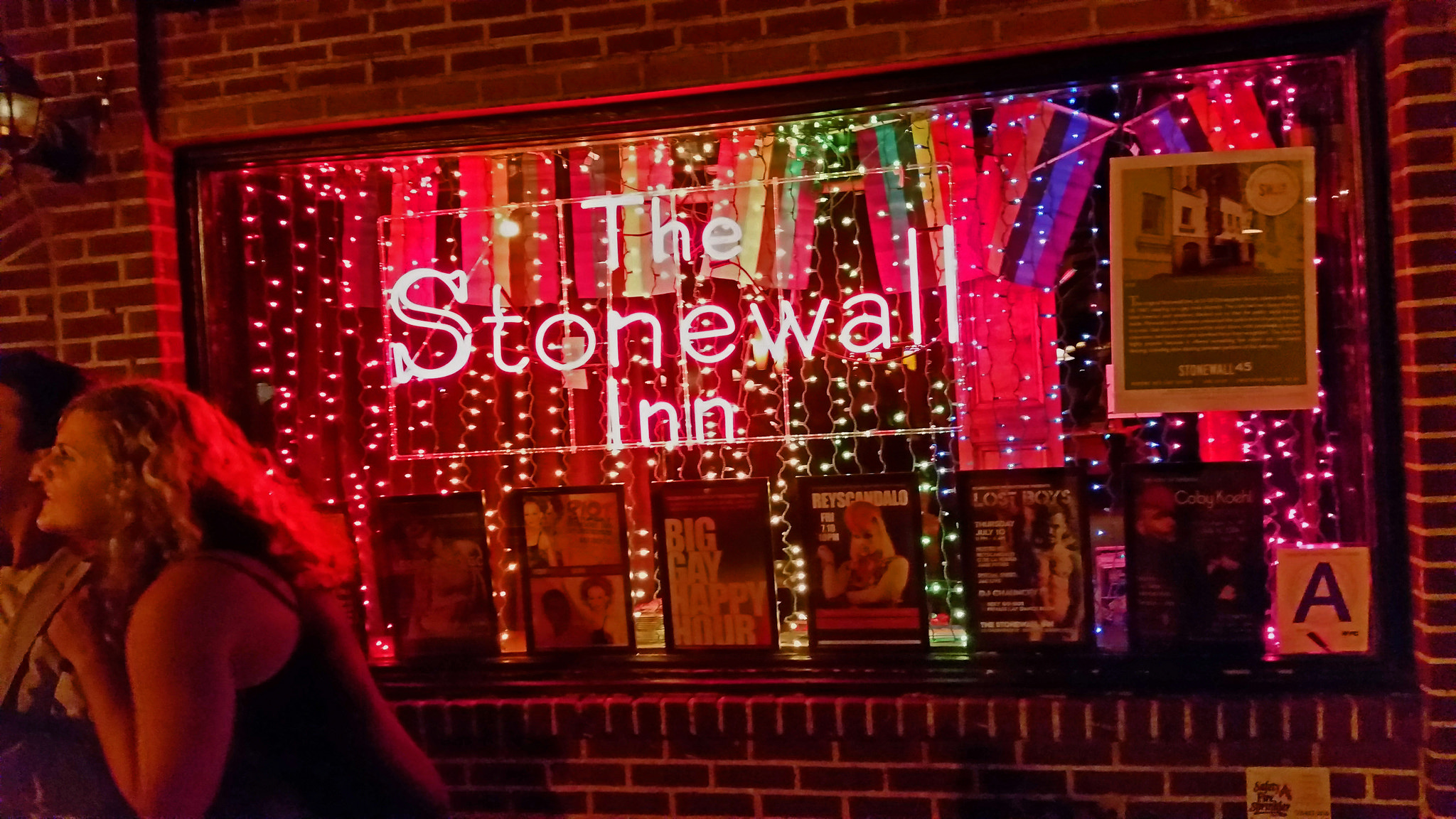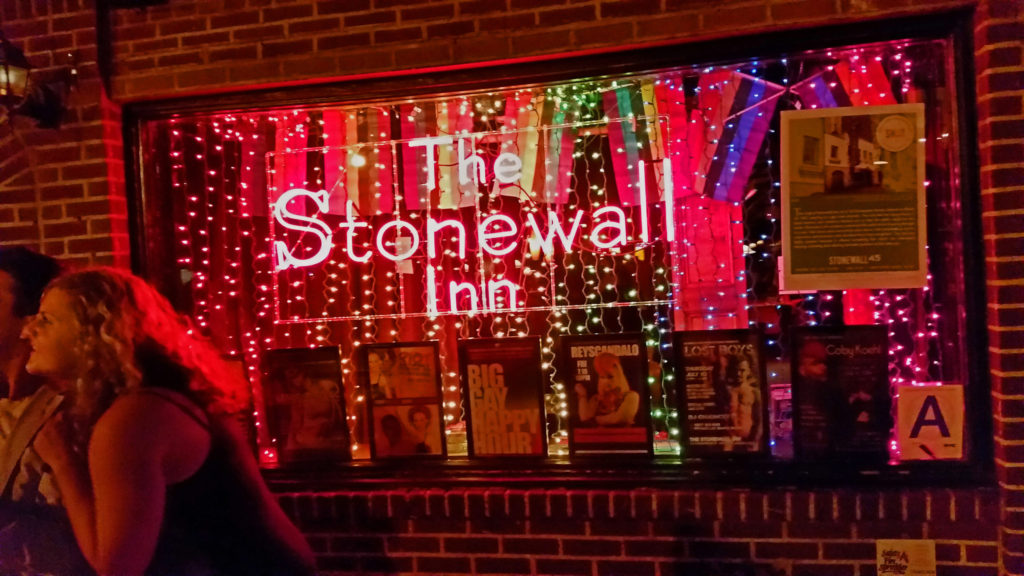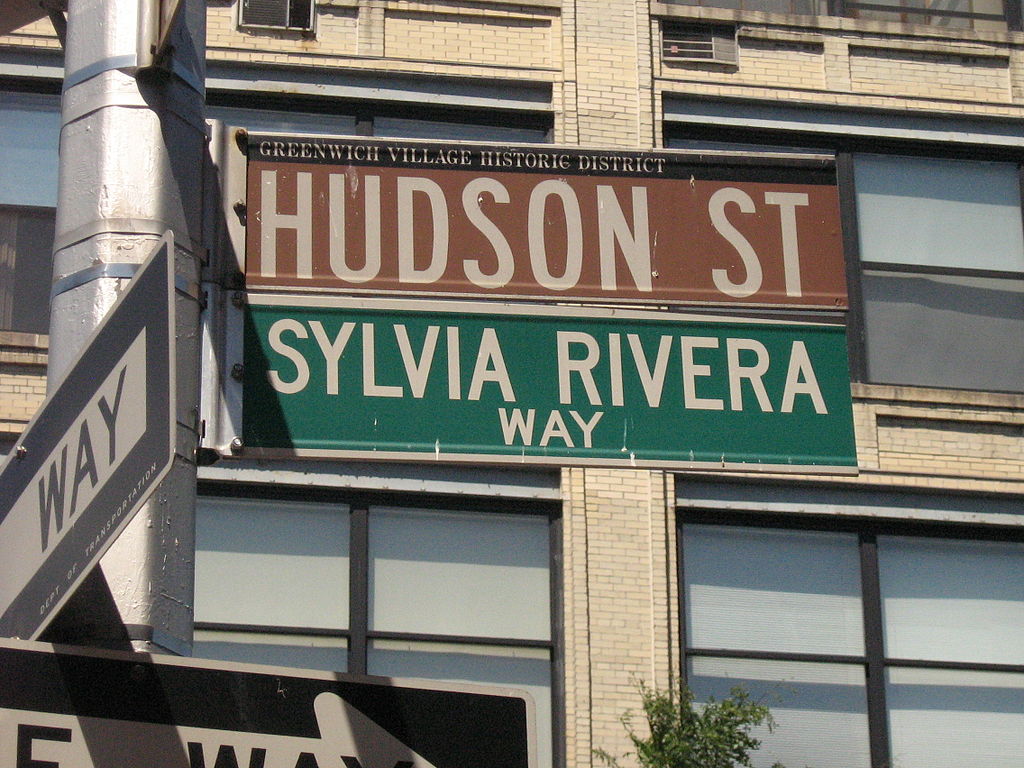Pride Exclusive: The Forgotten Drag Revolution
 Image source: https://flic.kr/p/A2xMFu
Image source: https://flic.kr/p/A2xMFu
Marsha P. Johnson was a prominent figure in the fight towards queer liberation during the twentieth century. Born Malcolm Michaels in 1945, Johnson was a vivacious, passionate transwoman who worked as a drag queen and was a staunch advocate for transgender and gay rights. Sylvia Rivera, of Venezuelan and Puerto Rican descent, was born in 1951. She was thrown out by her grandmother when she was eleven, after which she was homeless and working as a prostitute before being adopted by the local community of drag queens.

Both Rivera and Johnson were united in resisting police brutality at the historic Stonewall riots in New York City. The Stonewall Inn was among the few bars where members of the LGBTQIA++ community felt they were able to freely express their identities. The inn was inclusive of intersectional queer identities, as opposed to just white homosexual men. One night in 1969, the police began raiding the Stonewall Inn, claiming it was selling unlicensed liquor. The police quickly became violent and sexually harassed members of the queer community. Both Marsha Johnson and Sylvia Rivera were at the forefront of the resistance that night, after which they remained active campaigners for queer liberation. Together, they founded the Street Transvestite Action Revolutionaries, or STAR, which provided a community for disadvantaged trans people. A year after the Stonewall riots, the first gay pride parades were held.
I learned about the struggles of Marsha Johnson and Sylvia Rivera through a documentary on Netflix, entitled “The Death and Life of Marsha P. Johnson.” The documentary is poignant for many reasons, including how it illustrates the mysterious circumstances in which Johnson died, as well as how the police failed to investigate her death. In 2015, Johnson’s death was investigated and researched by Victoria Cruz, a queer woman of colour who was a drag queen alongside the likes of Rivera and Johnson. She found that the authorities had been negligent of Johnson’s case during that time, and continued to be uncooperative in recent years when she reinvestigated Johnson’s death. The documentary spun such a gripping narrative that I realized, only much later, that it was not directed by Victoria Cruz, who put together its content and completed its narration, but was directed by David France, a white, cisgender homosexual man, who was able to secure a multimillion-dollar deal on Netflix.

The irony was overwhelming – Rivera, in the documentary, was screen screaming at a crowd of white, middle-class homosexuals. She exclaimed, “I have had my nose broken, I have lost my apartment, I have lost my job (…) for gay rights.” She accused the crowd of providing “half-assed” support. The people marched in the parades for queer liberation, but it was trans people of colour like Rivera and Johnson who experienced the most severe discrimination. Together, they led the parades for queer liberation. They were loved amongst the drag community, which became a place of acceptance, free expression, and familial support. Drag became far more than a form of dress; it became a lifestyle that stood on the fringes of an entire socio-political movement that sought to revolutionize and redefine what America considered the “norm”.
Today, with the legalization of marriage equality and the ongoing dialogue on the significance of LGBTQIA++ rights, the situation appears to have improved. However, this progress does not indicate that the queer community’s fight is over. In the summer of 2017, the city of Philadelphia realized that the rainbow flag was not necessarily as unifying as it appeared to be, and so it added the colours black and brown to represent queer people of color. However, this sparked controversy, as claims of reverse racism and rhetorical requests for the inclusion of a white stripe quickly came to light. The hostile reaction that was triggered by the simple inclusion of two colours represents a much darker reality of how queer spaces continue to be racist and transphobic. According to a report from the Philadelphia Commission on Human Relations, it was found that “transwomen of colour are particularly vulnerable to discrimination, harassment, and physical violence.” Furthermore, it was also noted that bars and clubs that boasted queer inclusivity actually discriminated against nonwhite people and gave preference to white males. In the most tragic of ironies, the pioneers of pride would have been discriminated against by the spaces and people that claim to celebrate pride today.

Such unwelcoming attitudes should come as no surprise, however, given how the current Vice President of the United States, Mike Pence, has opposed same-sex marriage in his twelve years in Congress, arguing marriage should exclusively be between a man and a woman. In addition, Pence has a notorious reputation for being a supporter of conversion therapy. He also “opposed measures to block employer discrimination based on sexual orientation.” Moreover, President Trump signed a directive in August 2017 that prohibited transgender people from joining the military, because of the supposed medical costs this would encompass. However, it is worth noting that the military currently spends more annually on Viagra than it would have to spend on the additional medical costs for transpeople. This indicates that transgender people are not actually such a hefty expense for the military, since it has the ability to spend on items not necessarily essential. The issue of funding, then, is simply an excuse thinly disguising transphobia and discrimination.
Casual racism is deeply embedded in the LGBTQIA++ community, which, as a Vice article pointed out, needs no more evidence than statements like “No Fats, No Fems, No Asians, No Blacks” on online dating applications for gay men. In an ideal world, the queer community would not need to stress the significance of the inclusion of all its members. However, the questions of race and intersectionality have emphasized the importance of spaces that exist solely for queer people of colour. The development of exclusive spaces is not something that aims to augment the polarization of the queer community, but exists as a reaction to the pre-existing divisions, where people of colour find themselves the outliers in a movement that claims to be accepting. There is now a dating application that is specific to queer, trans people of colour, while a support group for QTPOC who date white people has almost 2,000 followers on Facebook.
Rivera is known to have remarked, “I was a radical, a revolutionist. I am still a revolutionist… I am glad I was in the Stonewall riot. I remember when someone threw a Molotov cocktail, I thought, ‘My god, the revolution is here. The revolution is finally here!’” Both she and Johnson realized the importance of creating a community that existed to unite queer people of colour, and give them the representation they failed to obtain in mainstream spaces. Marsha Johnson was known for her, sometimes absurd, colourful fashion. She even adorned herself with Christmas decorations. When asked what the “p” in her name stood for, she would famously reply “Marsha ‘Pay It No Mind’ Johnson!” Faced with poverty, isolation, and danger, both Marsha and Sylvia clung to their drag identities as an act of rebellion, a declaration of revolution. Each night at Greenwich village, the drag queens showcased their exuberance, along with an unabashed refusal to adhere to gender binaries. Drag was transported to unprecedented heights as attire that not only freed the individual that wore it, but created a space where virtues of acceptance and individuality reigned supreme. Trans people of colour were able to become the tellers of their own stories, regaining agency through the freedom that emboldened them.
Edited by Sarie Khalid
